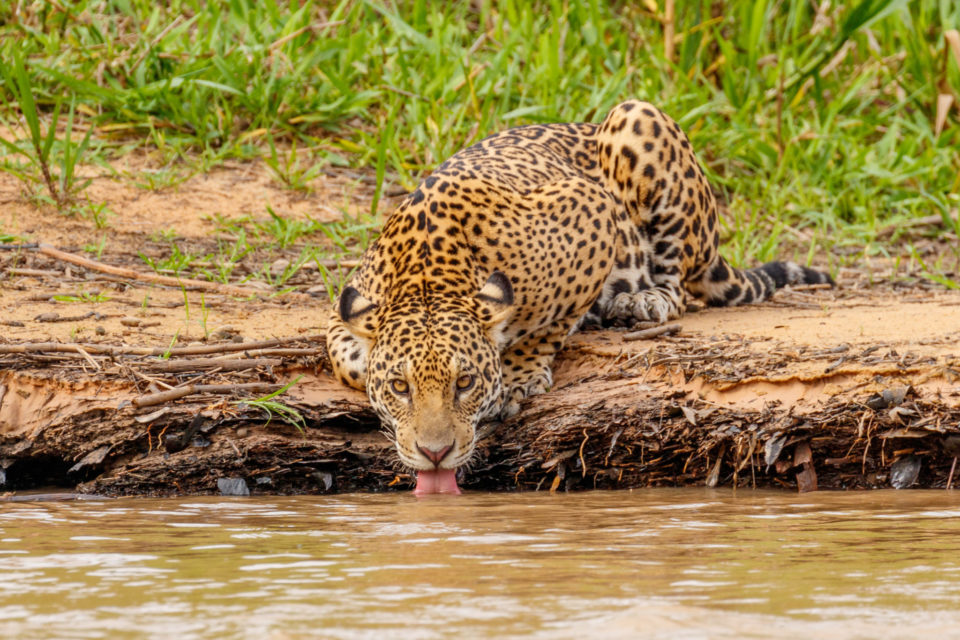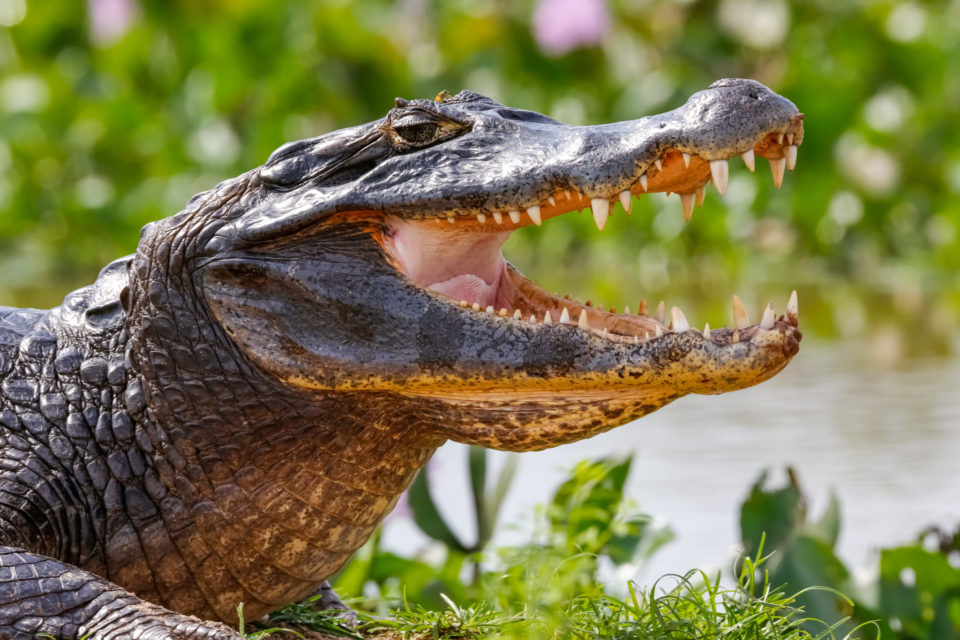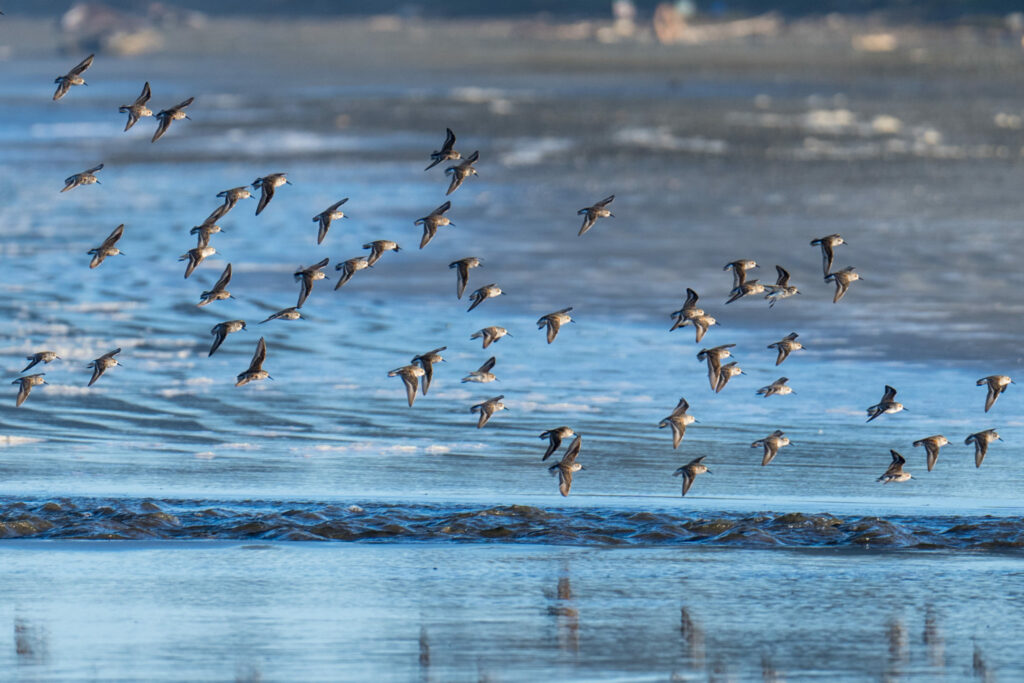
Wetlands – hidden wildlife havens
-
Species
Wetlands are some of the most productive engines of the planet’s biodiversity. An estimated 40 percent of the world’s biodiversity are found in wetlands – from inland lakes, swamps and river floodplains to coastal mangroves, coral reefs, tidal mudflats and salt marshes. In fact, more than a million threatened species of plants and animals depend on wetlands for their survival.

Located in South America, the giant Pantanal wetland is an ecological melting pot full of caiman, giant anteaters, capybaras, jaguars, giant otters and maned wolves. In fact, the Pantanal boasts the highest concentration of wildlife on the continent.

The Congo basin in Africa contains at its heart the world’s largest tropic peat swamp, home to unrivalled populations of gorillas and forest elephants. The swampy waters of the Sudd on the Nile and the Okavango wetland in southern Africa are green refuges for wildlife like cheetahs and rhinoceroses. The mangroves in Rufiji, Tanzania, are home to fish, migratory water birds, sea turtles crabs and shrimp.
Many wetlands are of truly global importance. Hundreds of millions of migrating birds rely on a network of thousands wetlands to feed and rest along their intercontinental flyways. But while much is known, the ecological wealth of many wetlands are still being uncovered. Some 200 new species are discovered in freshwater wetlands alone each year.
Unfortunately, wetlands have been facing growing threats and are being lost three times faster than forests. A third has been dammed, dyked, and drained to extinction in the past half-century alone.
Wetlands International works globally to conserve and restore wetlands. This includes promoting sustainable development and ecotourism in the Pantanal, providing tools and knowledge for effective mangrove restoration across Africa, enabling inclusive water management practices through projects like BLiSS, combining nature-based and engineering solutions in Asia, and promoting more responsible lithium mining practices in the High Andes.

At December 2022’s COP15 UN nature talks in Montreal, we saw a leap towards the effective conservation and restoration of wetlands everywhere with the adoption of a new Global Biodiversity Framework – a blueprint to halt and reverse biodiversity loss by 2030.
One of its key targets is to achieve the restoration of 30% of degraded ecosystems by 2030. For inland water ecosystems, Wetlands International and our partners have calculated that this involves restoring a minimum of 350 million hectares of inland water and coastal wetlands, and 300,000 kilometres of rivers globally.
Governments must now prioritise wetlands in their National Biodiversity Strategy and Action Plans if we are to achieve an equitable, carbon-neutral, nature-positive world.
